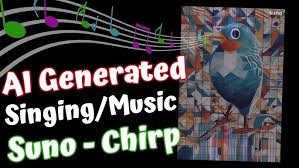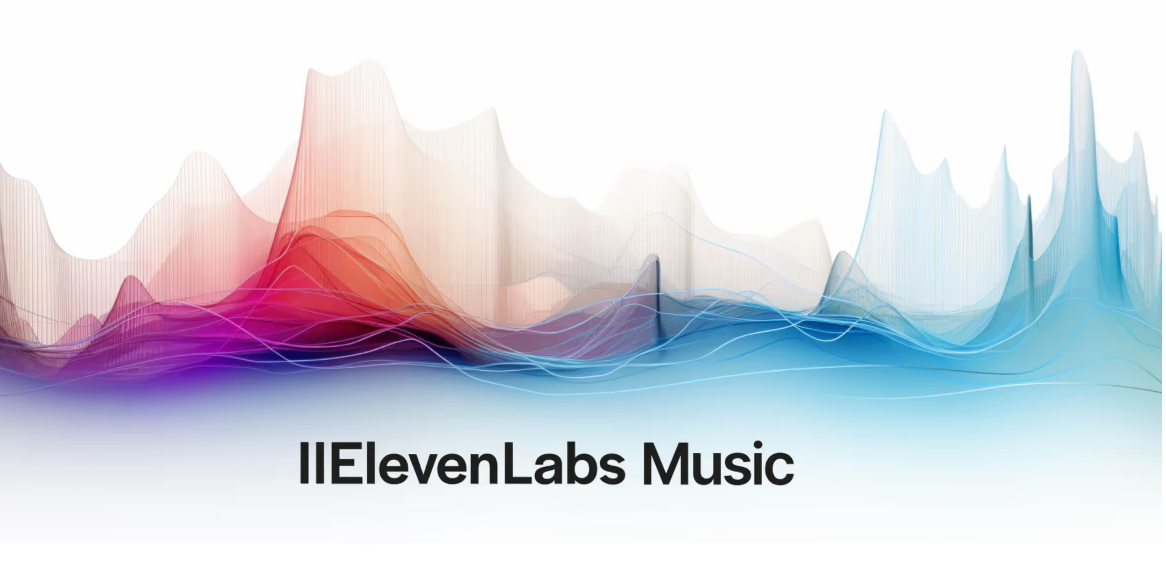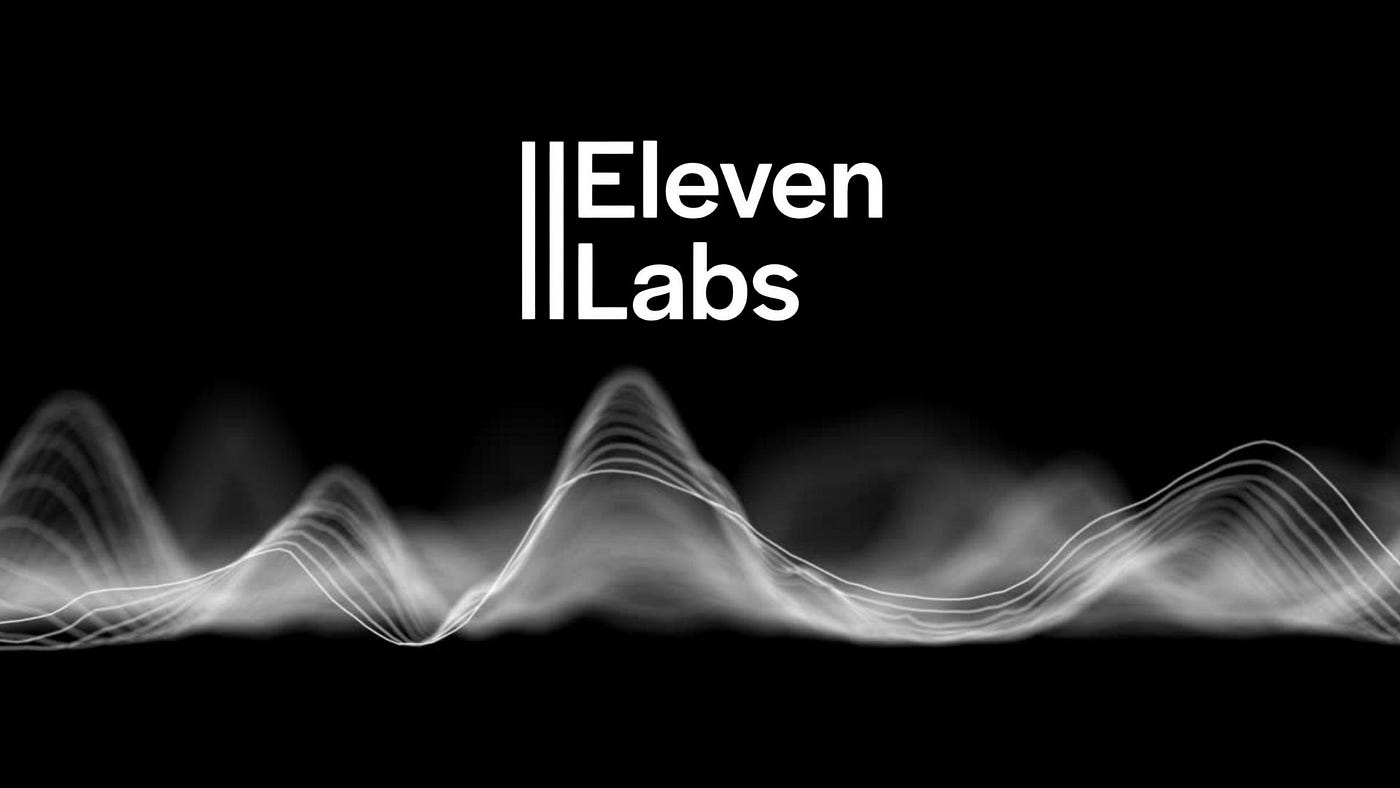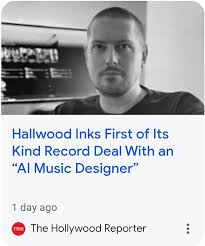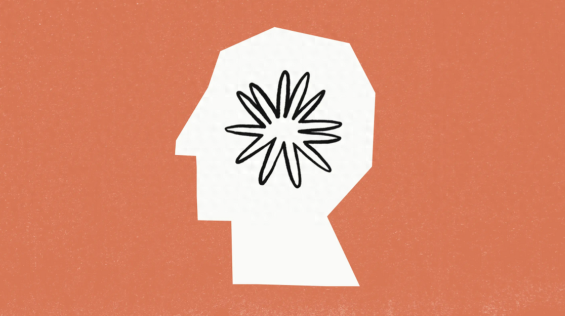If you've listened to a beat made by an algorithm, used AI to separate vocals, or typed a prompt like "sad piano loop in a rainy mood" and got back a full track, you've already experienced the rise of generative AI for music and audio.
This isn't a futuristic trend anymore—it's happening now. From TikTok creators using AI to make background tracks to Grammy-nominated artists exploring AI as a co-composer, the shift is real. But what exactly is generative AI for music and audio, and how does it actually work?
This guide will break it down in plain English, explore real tools like Suno, Udio, MusicGen, and Riffusion, and help you understand how this technology is changing music production forever.
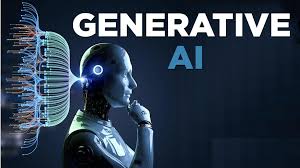
What Is Generative AI for Music and Audio?
Generative AI for music and audio refers to artificial intelligence systems that can create original audio content—like music tracks, melodies, vocals, soundscapes, or even voice clones—based on a prompt, example, or pattern.
Instead of just remixing or editing existing audio, generative AI tools compose new material. These models are trained on vast datasets of musical examples and then use complex algorithms (usually deep learning models) to generate new, stylistically consistent content.
In short:
You describe the sound you want—and AI creates it from scratch.
How Does Generative AI for Music Work?
At the heart of most generative audio systems is a transformer or diffusion model, trained on thousands of hours of labeled music and audio files. Here’s a simplified process:
Training Phase
The AI learns the structure of music—melody, harmony, rhythm, timbre—by analyzing audio and metadata from millions of tracks.Input Prompting
You give it a prompt like "electronic dance beat at 128 BPM with synth bass."Token Generation
The model translates your prompt into tokens (abstract data units) and predicts the next most probable sequence of sounds.Decoding
The tokens are converted back into audio, often using a decoder like EnCodec (used in Meta’s MusicGen) or a vocoder in diffusion-based models.
Types of Generative AI for Music and Audio
Let’s break down the main categories:
1. Text-to-Music Models
These tools generate full tracks from simple text descriptions.
Examples:
MusicGen (Meta): Generates instrumental music from text or melody
Udio: Creates full vocal songs with lyrics from a text prompt
Suno: Similar to Udio, but with more genre variety and vocal controls
2. Audio-to-Audio Models
These generate music or transform sounds based on existing audio input.
Examples:
MusicGen Melody: Adds layers or arrangement to a melody you upload
Stable Audio: Converts audio ideas into high-quality compositions
3. Voice and Speech Generation
Voice cloning, synthetic singing, or speech generation from text.
Examples:
ElevenLabs: Text-to-speech with emotion and natural inflection
Voicemod AI Sing: Turn your voice into autotuned vocals live
4. AI Sound Design and Effects
Soundscapes, ambient layers, Foley sounds, or remixing tools.
Examples:
Riffusion: Creates short loops or riffs using diffusion-based audio
Endlesss: Real-time collaborative AI-assisted jam sessions
Real-World Applications of Generative AI for Music
Music Production
Producers use AI for inspiration, backing tracks, or even full arrangement drafts. Artists like Holly Herndon and Grimes have publicly embraced AI in their creative process.
Content Creation
YouTubers, podcasters, and TikTokers use generative music to add royalty-free soundtracks on demand.
Game Audio
Dynamic soundtracks that change based on in-game action can now be generated in real time using AI.
Music Education
Students and teachers use tools like Soundraw and AIVA to demonstrate musical structure and style generation.
Accessibility
Voice-impaired users can now create songs using text alone, thanks to AI singing and vocal synthesis tools.
Pros and Cons of Generative AI in Music
Pros
Speed: Create ideas in seconds
Accessibility: No need for expensive gear or years of music theory
Customization: Tailor songs to mood, tempo, genre instantly
Creativity Boost: Great for beating creative blocks
Cons
Lack of emotional nuance in some cases
Ethical concerns over data used for training
Limited editing control in many closed-source tools
Copyright ambiguity in commercial projects
How Is Generative AI Trained for Music?
Most generative music models are trained using a combination of:
Labeled audio datasets (like Free Music Archive, commercial licenses, or proprietary catalogs)
Transformer architectures (e.g., MusicGen’s decoder + EnCodec pipeline)
Diffusion models (used in tools like Riffusion, Stability AI’s Stable Audio)
Reinforcement learning (to fine-tune for style or coherence)
These models don’t just memorize—they learn patterns, styles, timing, harmony, and even mood associations.
Will AI Replace Music Producers?
Not anytime soon.
Generative AI is more of a creative partner than a full replacement. While it can draft ideas, loops, or even full songs, human producers still add the emotion, editing finesse, and narrative storytelling that AI lacks.
Think of it like photography after digital cameras arrived. It changed the tools, but not the artistry.
Conclusion: Why Understanding Generative AI for Music Matters
So, what is generative AI for music and audio? It's a powerful tool that lets anyone—from amateur beatmakers to professional composers—create rich, original sound just by describing what they want.
Whether you're using MusicGen for instrumentals or Udio for fully sung lyrics, generative AI opens up a new era of music production: faster, more accessible, and infinitely creative.
As the technology continues to evolve, one thing is clear: those who learn how to collaborate with AI will be ahead of the curve creatively and professionally.
FAQs
What is the difference between generative AI and traditional music software?
Traditional software is tool-based; generative AI creates new content from scratch using machine learning.
Is generative AI music copyrighted?
It depends on the platform. MusicGen outputs are typically under open licenses; Udio/Suno outputs have usage terms.
Can generative AI add vocals to music?
Yes. Tools like Udio and Suno can create AI-generated vocals and lyrics in various styles.
Do I need coding skills to use these tools?
No. Most tools now offer user-friendly interfaces online. Developers can still access APIs if needed.
What’s the best generative AI tool for beginners?
Udio and MusicGen (via Hugging Face Spaces) are great starting points with minimal technical setup.
Learn more about AI MUSIC

